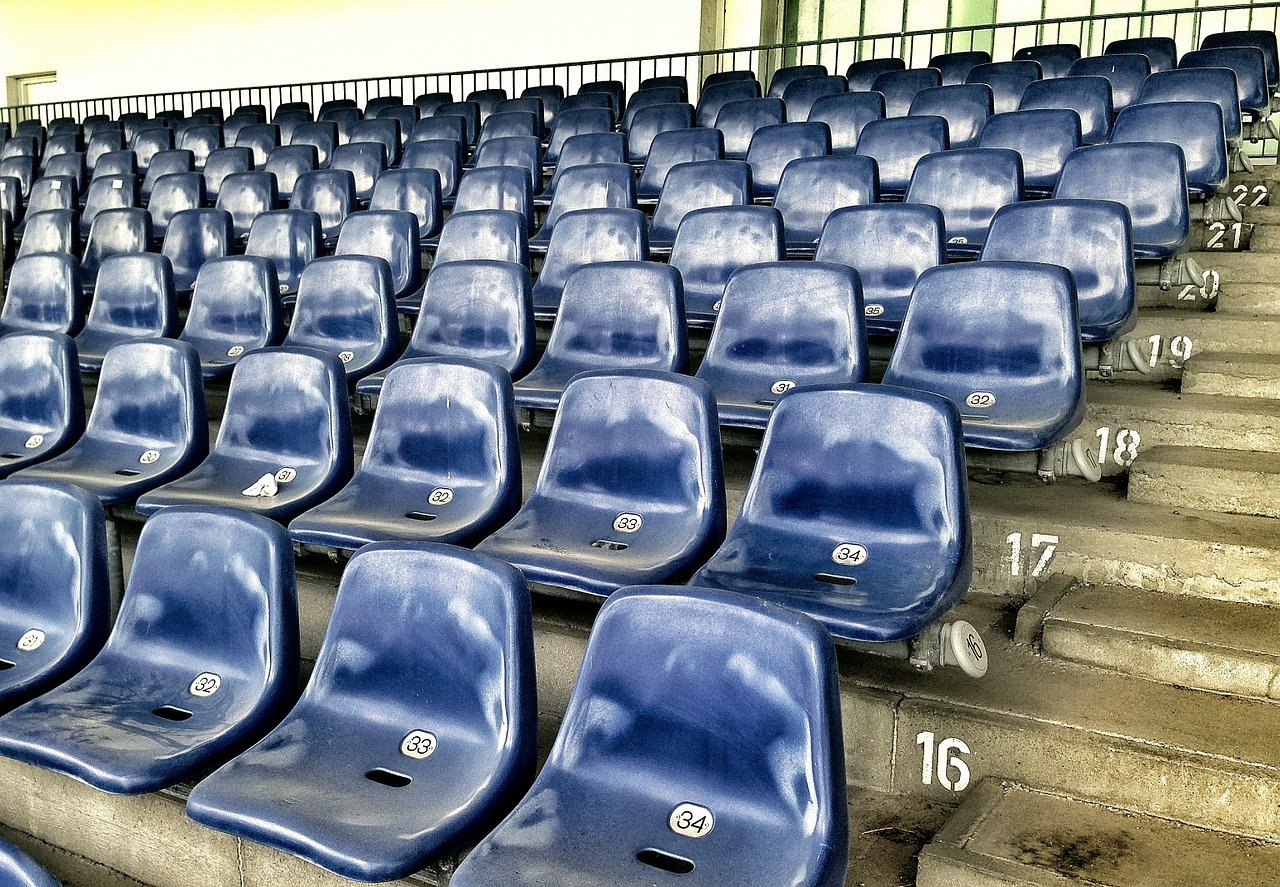
ESPN analyst Kirk Herbstreit made headlines after saying the 2020 College Football season might be in jeopardy due to social distancing measures. Major League Baseball, the National Hockey League, and the National Basketball Association are also facing a similar situation where their seasons may either be canceled or postponed indefinitely.
Two months ago the Dallas Stars seemed like they may finally win another Stanley Cup. Now? Not so much. The Lakers and LeBron James winning one for Kobe? It seems unlikely now. However, this is all trivial in comparison to what we’re facing as a society with COVID-19.
But what can these cancellations teach us about the future of marketing and the mediums used? In this blog, I look at the current marketing environment and reflect back on the National Hockey League’s marketing strategy post “lockout” season to predict a possible impending shift in the future of marketing for both brands and businesses.
Cost by Acquisition Marketing
Cost per clicks or Cost by Acquisition based marketing will become the new “norm,” because brands will want to maximize every dollar and focus on micro-targeting.
When I was the Marketing Director at Spirit Ice Arena (an ice rink in College Station, Texas), one of our big initiatives was educating the market about our product. To achieve this, we went with a “mass media” approach and settled on television advertising. With the Winter Olympics approaching, we chose an appropriate affiliate and agreed to an advertising package that included a lump-sum payment. We had no input on the time of day the ads would be shown, only armed with the knowledge that the ads would be spread across their networks and at varying times to “maximize our budget.” Our ad ran a total of 5 times over the course of the Winter Olympics and the majority of our commercials were during times our target audience would most certainly not be engaged.
In hindsight, those were wasted ad dollars. If we had the ability to micro-target, such as on Facebook, we could have saved money and ensured the eyes of our target audience. Instead, our commercial for our ice rink ran at 11 pm on a Wednesday.
The big sports leagues are feeling a similar pressure at the moment. The Athletic (the site is well worth the subscription but I won’t link due to paywall), ran an article this past week about TV Networks recouping payouts to these leagues as their advertisers similarly look to terminate their contracts with the networks. The potential revenue loss for Major League Baseball, who has yet to play a game this season, could be enormous.
But this does have a “trickle-down” effect on a network’s paid advertisers. Rather than allocate a mass budget towards a commercial during Chicago Cubs baseball, the local State Farm agent is starting to reallocate those dollars towards “Paid Per Click” and micro-targeted social campaigns.
Why?
Because costs are lower, there are more controlled variables and the audiences are far more likely to convert, the risk is far less. Industry leaders in marketing have been saying it for years: Radio is dead. Radio/TV advertising isn’t dead because the media doesn’t have the numbers. They’re “dying” because the customer acquisition cost is far more for brands than when micro-targeting and cost per click campaigns are utilized.
Evaluating your True Target Audience
“Ad Waste” will be a major buzzword moving forward. A continuation of micro-targeting, brands will be focused on engaging with their true target audience – one that promotes growth.
In 2004, the National Hockey League had a lockout. The entire season was lost. Networks such as ESPN terminated agreements and the league was in a major crisis. So what did the NHL do? They realized that the key to growing their fan base was to focus on their “true” target audience, 15 – 30-year-olds.
As a result, the NHL implemented the following long-term strategies based on the behaviors of that target audience:
- They embraced digital and created their own streaming service
- They promoted “user-generated” social media content
To achieve objective number one, they reached out to a partner.
Did you know that there is actually an entirely different “entity” that streams Major League Baseball games? Probably not. MLB Advanced Media is a company started by the owners to develop their own streaming platform. They recognized that optimizing their own platforms was the first step towards appealing to a new, younger target demographic.
The National Hockey League actually uses the streaming infrastructure developed by MLBAM to stream their own games. They developed a platform that serves as their “online hub,” understanding that their target market is more technically inclined and not “geographically limited.” The younger demographic had cut the cable cord and streaming was a great segue into reaching them.
Their second objective was to inspire users to engage with the brand online. While some leagues are very strict in regards to their user-generated content, the NHL expanded their policy. They understood that user-generated content in their target audience increases engagement.
Now more than ever, it’s essential for businesses and brands to understand their true target audience. Avoid ad waste. Don’t limit your success by throwing marketing dollars at an audience that isn’t interested in your product or service. At Alter Endeavors, our Brand Strategy Guides are entirely focused on identifying that true target audience and what makes your brand uniquely better.
So, what can we learn from the cancellations of sports leagues in 2020? A lot. In the matter of a few weeks, COVID-19 has confronted brands with the hidden pain point of understanding the objectives of your ad campaigns. If your brand can’t define your true target audience or your customer acquisition cost, you too will fall victim to “ad waste.”
These major sports leagues will have to adapt, and so too may your business or brand. Reach out to us today if you feel your brand is in need of creative solutions and a new direction for your digital marketing.